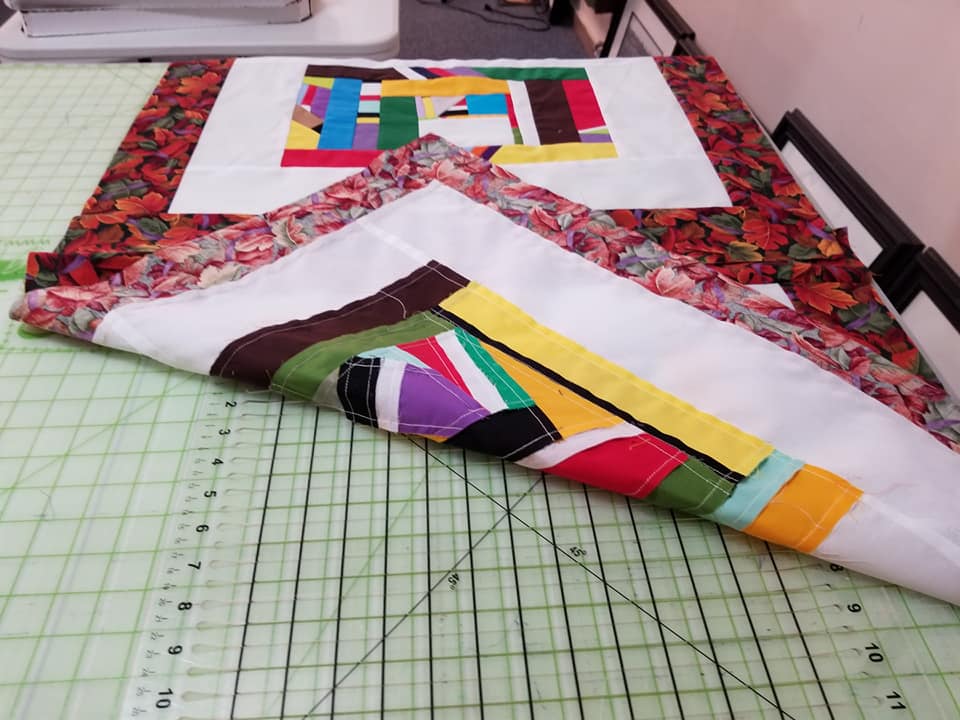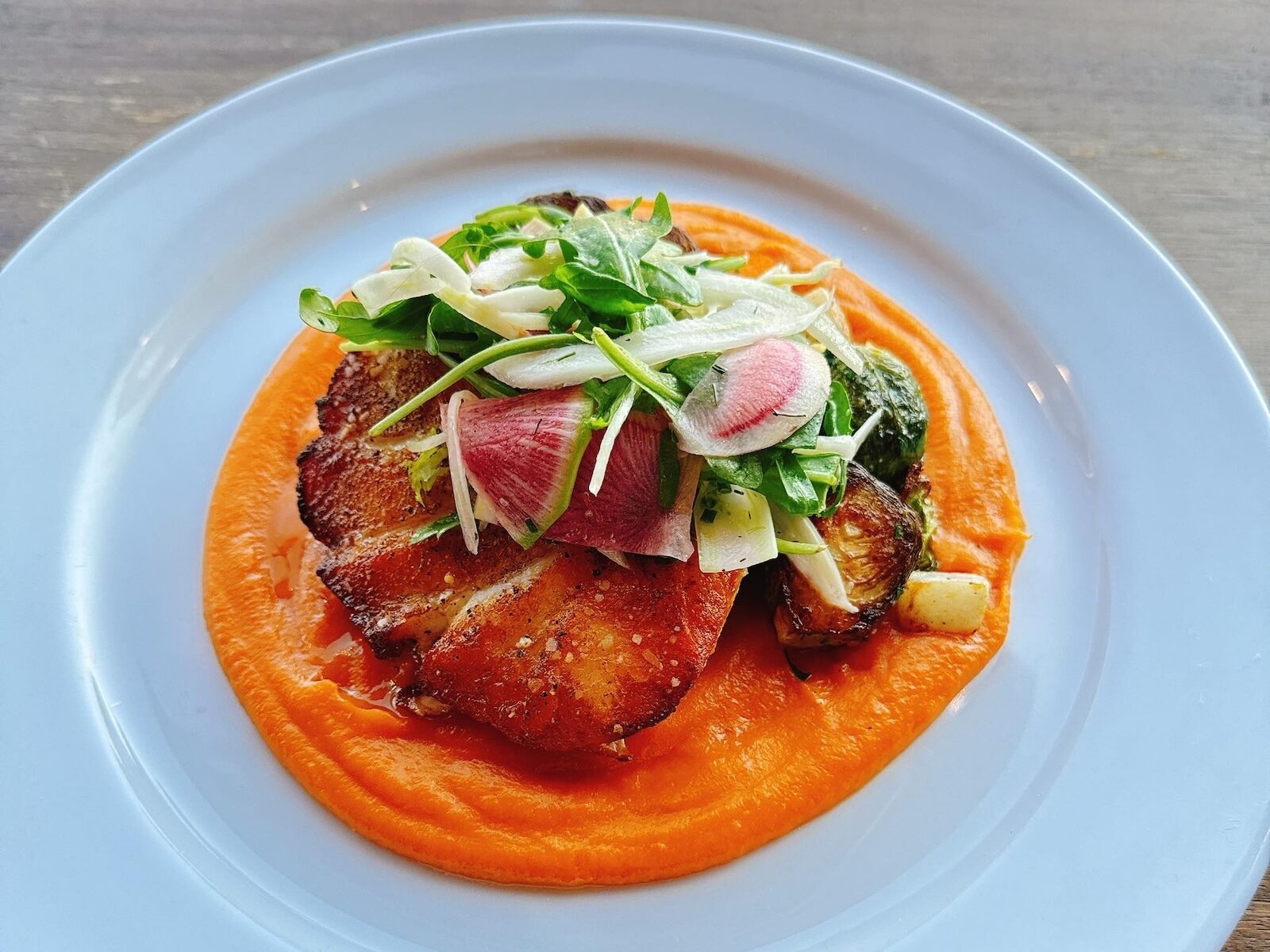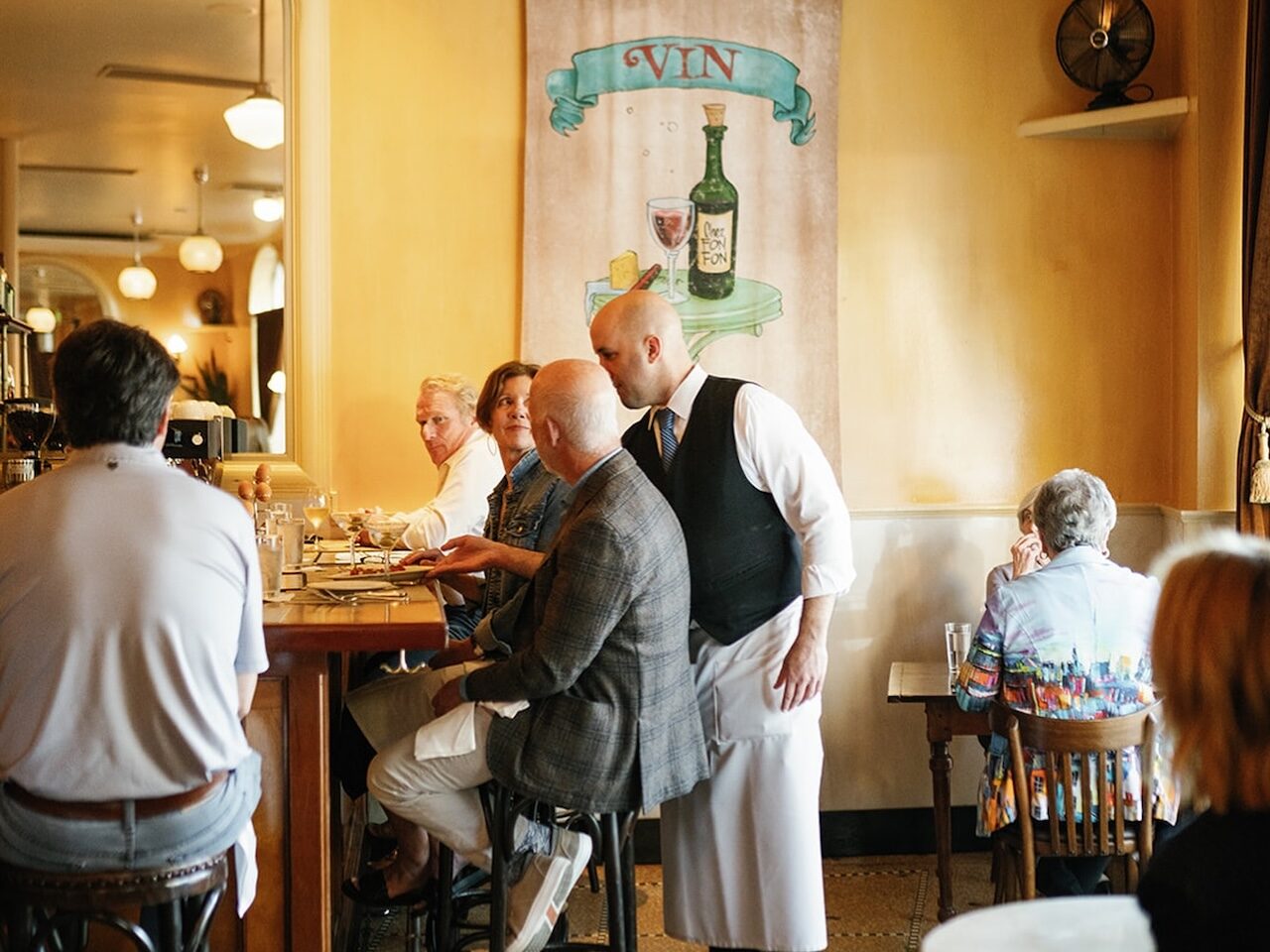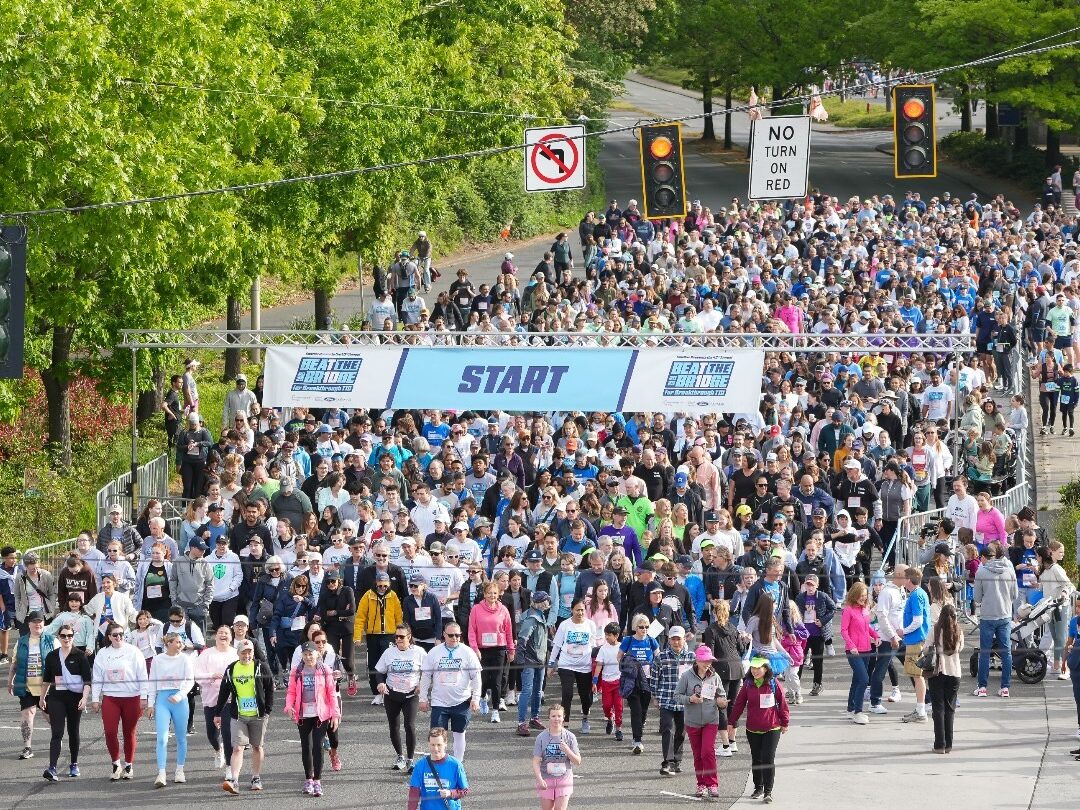[fusion_builder_container hundred_percent=”no” equal_height_columns=”no” menu_anchor=”” hide_on_mobile=”small-visibility,medium-visibility,large-visibility” class=”” id=”” background_color=”” background_image=”” background_position=”center center” background_repeat=”no-repeat” fade=”no” background_parallax=”none” parallax_speed=”0.3″ video_mp4=”” video_webm=”” video_ogv=”” video_url=”” video_aspect_ratio=”16:9″ video_loop=”yes” video_mute=”yes” overlay_color=”” video_preview_image=”” border_color=”” border_style=”solid” padding_top=”” padding_bottom=”” padding_left=”” padding_right=”” type=”flex”][fusion_builder_row][fusion_builder_column type=”1_1″ layout=”1_1″ background_position=”left top” background_color=”” border_color=”” border_style=”solid” border_position=”all” spacing=”yes” background_image=”” background_repeat=”no-repeat” padding_top=”” padding_right=”” padding_bottom=”” padding_left=”” margin_top=”0px” margin_bottom=”0px” class=”” id=”” animation_type=”” animation_speed=”0.3″ animation_direction=”left” hide_on_mobile=”small-visibility,medium-visibility,large-visibility” center_content=”no” last=”true” min_height=”” hover_type=”none” link=”” border_sizes_top=”” border_sizes_bottom=”” border_sizes_left=”” border_sizes_right=”” first=”true”][fusion_text columns=”” column_min_width=”” column_spacing=”” rule_style=”default” rule_size=”” rule_color=”” content_alignment_medium=”” content_alignment_small=”” content_alignment=”” hide_on_mobile=”small-visibility,medium-visibility,large-visibility” sticky_display=”normal,sticky” class=”” id=”” font_size=”” fusion_font_family_text_font=”” fusion_font_variant_text_font=”” line_height=”2″ letter_spacing=”” text_color=”” animation_type=”” animation_direction=”left” animation_speed=”0.3″ animation_offset=””]
The tiny Alabama town of Gee’s Bend is known for two things: its isolation and its quilts. Located 45 minutes south of Selma, deep in Alabama’s Black Belt region, Gee’s Bend (officially known as Boykin) is surrounded on three sides by the Alabama River, making it something of an inland island. The town dates to 1816 when Joseph Gee established a cotton plantation on the land. Today, most of the town’s 700 inhabitants are descendants of the enslaved people who worked on the plantation.
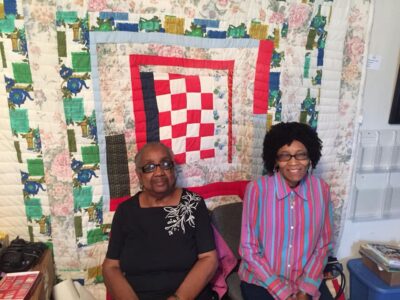
Quilters Nancy and Lola Pettway (Valya Mobley/Facebook)
The tradition of quilting in Gee’s Bend is nearly as old as the town itself. Beginning as far back as the early 1800s, enslaved women used strips and scraps of cloth and fabric to make quilts, hoping to keep their children and families warm in the unheated shacks they lived in. Born out of necessity, the quilts they created—featuring lively improvisations, bold geometric patterns, and unexpected color combinations—were undeniably works of art.
For the women of Gee’s Bend, quilting is stitched firmly into the fabric of their existence. It’s entrenched in their history, woven into their present, and hardwired for their future. Though the skill has been quietly passed from generation to generation for more than a century, it remained a largely insular tradition until the 1960s. In 1966, Gee’s Bend women began making quilts and other linens for the Freedom Quilting Bee. The initiative, developed by civil rights worker and Episcopalian priest Francis X, gave women in low-income communities the opportunity to earn money by selling quilts to major retailers like Sears, Bloomingdale’s, and Saks.
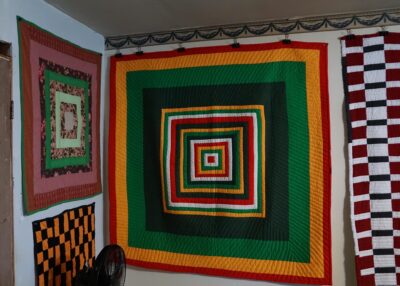
(Kenneth Kim/Facebook)
The pieces they made for the Freedom Quilting Bee didn’t reflect their artistry or creativity, but the original work of Gee’s Bend quilter Annie Mae Young found favor in the limelight when photographer Roland Freeman visited Wilcox County in 1993. He published a picture of one of her striking original designs in the book “A Communion of the Spirits: African American Quilters, Preservers, and Their Stories,” catching the eye of art collector William Arnett. Transfixed by Young’s work, he showed up to her home in 1998 to buy the quilt. Four years later, with help from Arnett, Gee’s Bend quilts took center stage in an exhibit called “The Quilts of Gee’s Bend” at the Museum of Fine Arts in Houston. The exhibit featured more than 70 quilts from 42 different quilters spanning four generations. It traveled to museums across the U.S. (including in New York City, Boston, Atlanta, and D.C.) until 2006. During that same year, 10 quilts were selected to be featured on commemorative stamps for the USPS.

Gee’s Bend Quilt Mural Trail (Sara Norine James/Facebook)
In response to the exhibit’s popularity, 50 Gee’s Bend quilters formed Gee’s Bend Collective in 2003. With a goal to help quilters market and sell their quilts to the public, as well as to raise awareness for the craft, the collective has aided in keeping the tradition alive—and growing—for almost two decades. In addition to helping quilts sell for as much as $20,000, the collective also hosts a yearly retreat where people can learn about the art of quilting directly from some of the most talented and celebrated quilters alive.
If you find yourself near Gee’s Bend, be sure to take a tour of the collective’s mural trail, which displays quilts of all different styles and types, along County Road 29 in Gee’s Bend.
[/fusion_text][/fusion_builder_column][/fusion_builder_row][/fusion_builder_container]
